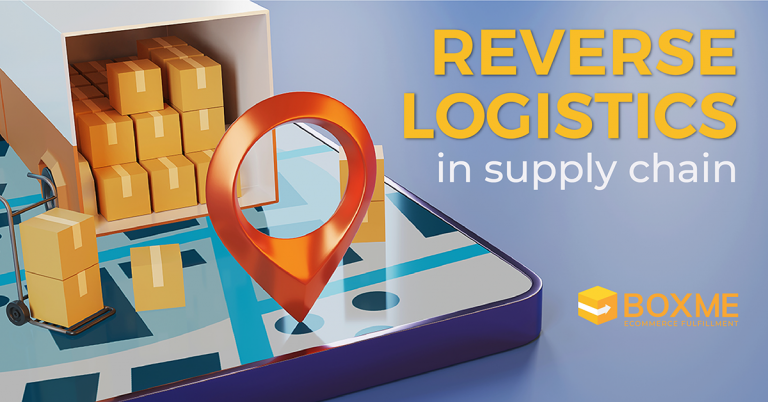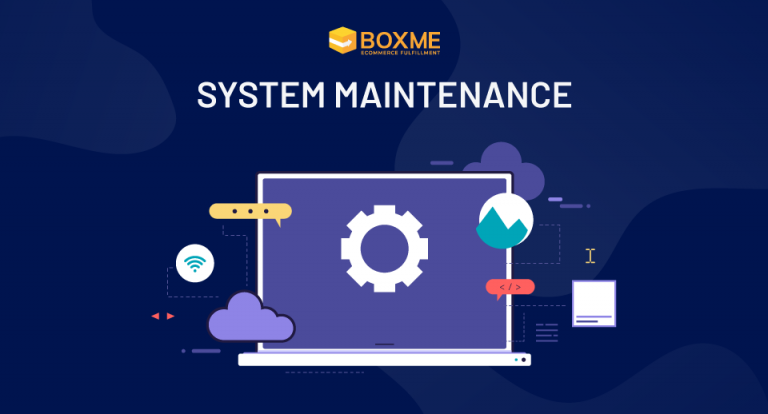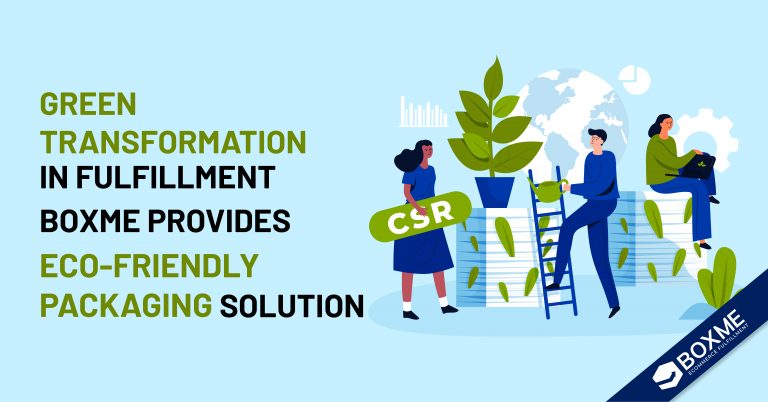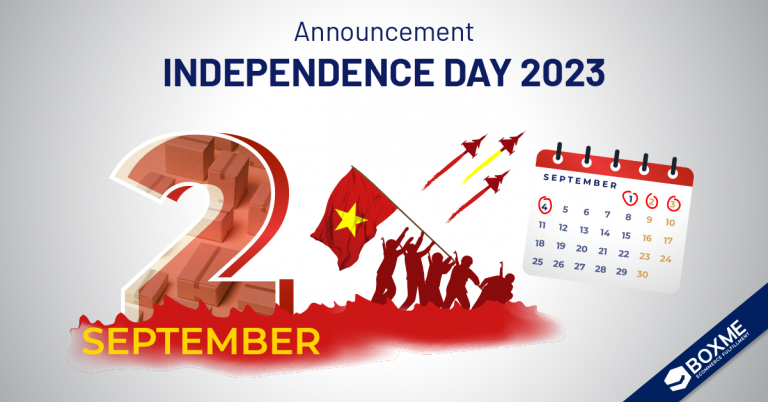What is reverse logistics?
The rise of E-commerce in recent years has led to an unprecedented record of orders. Naturally, there is another increasing statistics that supply chain management has to pay attention to: returned orders. With a rough estimation that 30% of placed orders will be returned, businesses can lose a huge chunk of expenses if not handling it properly.
Therefore, the term “reverse logistics” is invented. Refer to the sector that deals with anything going inwards through the supply chain, reverse logistics cover about almost anything from returned goods, warranty, material disposal, and so on.
The Council of Logistics Management defines reverse logistics as the process of implementing, controlling and planning the flow of goods from the point of consumption back to the point of origin to properly dispose or recapture value from them.
There are two fundamental types of reverse logistics: return logistics and waste logistics. Several examples listed below fall into the return logistics category that receives all returned orders:
- Goods returned by customers
- Unsold goods returned by distributors
- Goods repair and maintenance
As for waste logistics, the ultimate goal is to repurpose or discard unusable stock to minimize its damage to the environment using the following methods:
- Reuse of goods and packaging
- Goods refurbishment
- Goods re-manufacturing
- Goods sold in secondary markets (e.g outlets)
- Goods recycling and disposal
We can name a few famous brands that excel in reverse logistics: IKEA and Apple. IKEA has a program that encourages customers to return products that they no longer use from plastics, light bulbs, furniture to textiles for recycling purposes. On the other hand, Apple offers discounts on new gadgets if you turn over their old ones.
Benefits of reverse logistics
Effective reverse logistics can be beneficial to businesses in many ways.
- Valuable Product Data: If your system is able to collect data on the reasons for customer returns or product lifespans, detecting existing problems in the supply chain for correction will become much more easier.
- Reduce Losses: With proper management, your business can save tons of money on product, storage, labor and shipping costs related to these returned orders.
- Enhance Service Level: A business’s professionalism must be demonstrated in all areas – including handling returns. By making return a seamless experience, you can impress customers and stand out from competitors.
- Improve Brand Image: A return order already means a dissatisfied customer, thus properly handling them can save your brand from any unnecessary negativity.
- Increase Customer Retention: 85% of customers state that they won’t buy from a store again after an unfavourable return experience, and 95% say that easy return policies play a big role in their purchase decision.
- Environmental Friendly: By implementing a competent reverse logistics process, your business can execute sustainable practices by reducing the amount of product and packaging waste.
Approach to reverse logistics
- Review Return Policies: Make sure that the return process as simple as possible for your customers. Provide multiple options, cover shipping fees, instant customer support are a few things you can add on to enhance the entire experience.
- Update Your Distributors: Communicate with your retailers carefully so that their practices align with your company’s reverse logistics management strategy.
- Return Centers: Dedicate a warehouse for returns so that customers and retailers can send back products for processing. Separated from forward logistics, return centers can focus solely on the inwards flow of goods to optimize operations productivity.
- Automation: Manual labor can be faulty at times. By systematizing part or all of the logistics workflow using technologies (softwares, scanners, sensors, controllers, vehicles, etc.), businesses can increase accuracy while saving operational cost on the long run as well.
- Outsourcing: For a complex but essential part of retailing like returns, companies with limited resources can opt for the option of outsourcing the whole function. Depending on the circumstances, it can be the most cost-effective choice provided by logistics experts.
Ongoing challenges
Returns are one of the biggest challenges that supply chains have to face nowadays. Firstly, about products: they come back in various state and conditions. If not agreed beforehand, most distributors don’t know what to do with them as well. A seamless return system also requires investment in the logistics network as well as customer support. Additionally, many businesses still handle return manually, which makes it difficult to track and analyze reverse logistics thoroughly.
Boxme practices
Acknowledging the importance of reverse logistics, Boxme has been providing solutions for E-commerce sellers to handle returns in the easiest way possible. Boxme’s reverse logistics features include:
- Integration with multiple sales channels
- Centralized management system
- On-demand warehousing, easily scalable
- Returned orders inspection for restock or disposal purposes
- Returned orders record and analysis.
In need of a reliable logistics partner? Contact us now!
–> Warehousing Vs Fulfillment: Which Logistics Solution Is Right For Your Business?
Boxme is the premier cross-border e-Commerce fulfillment network in Southeast Asia, enabling world-wide merchants to sell online into this region without needing to establish a local presence. We deliver our services by aggregating and operating a one-stop value chain of logistic professions including: International shipping, customs clearance, warehousing, connection to local marketplaces, pick and pack, last-mile delivery, local payment collection and oversea remittance.











